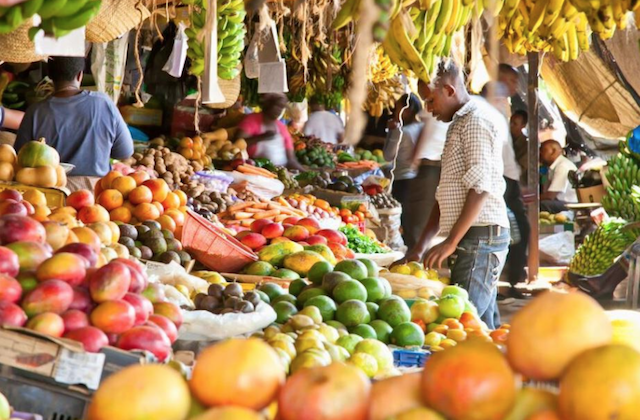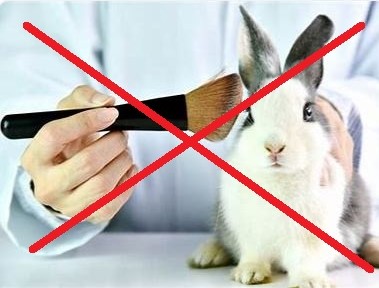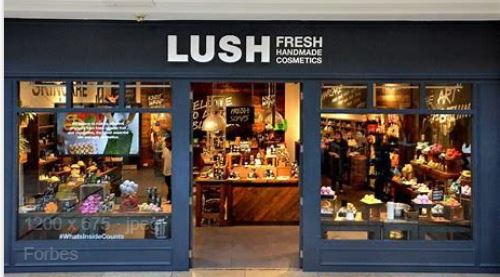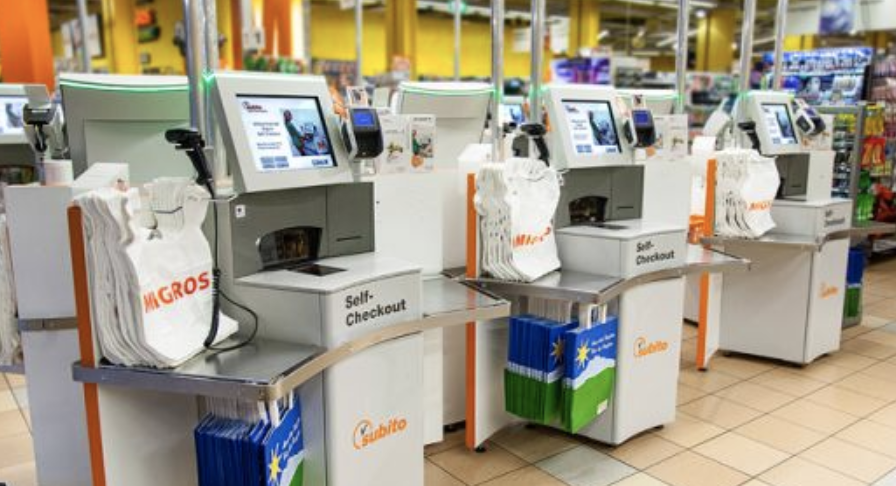Mixing the natural perception of a user with an artificial perception
Virtual Reality (VR) has been the “next big thing” for several years, but its time has finally come as a way to generate realistic images, sounds, and other sensations that put you in the middle of a spectacular imaginary world. Augmented Reality (AR), which adds virtual stuff to your real world environment and both technologies should become a big part of our future. With Mixed Reality (MR), you can play a virtual video game, grab your real world water bottle, and smack an imaginary character from the game with the bottle. Imagination and reality have never been so brought together.

Source: The Important Difference Between Virtual Reality, Augmented Reality and Mixed Reality
Karishma & Kamanya
We know, that the oceans are covering about 65% of the world's surface. This means we are surrounded by non-drinkable water. As we know, water will be limited one day. Now the question is, how can we obtain drinkable water from the oceans.
- What are the existing processes for the desalination?
- Where are they doing this?
- Is it profitable or not?
- Is it sustainable?

million tons of food are ending in the carbage and million people also dying every year because of malnutrition:
issue:
for producing food it contains a lot the enveirenment, so it's really bad when people, restaurants or supermarkets have to throw their food away.
My idea:
- set up a store/restaurant, where people can bring their food they won't eat or use it anymore:
- Restaurants or supermarket could also join this store
- possible to buy quality food for low price in this store (lower budget familiy)
- cookers works in this store, so its also possible to eat lunch/dinner there
With sunlight the photovoltaic produces direct electricity. The generated direct electricity is converted to alternating electricity by the inverter. Through conversion, the alternating electricity can be fed directly into the public or privately used power grid, thus either reducing your own electricity costs. How much electricity does it produce on a normal day?
It is an important topic and a good way to save energy and to do something good for our environment. A good idea would be to install a photovoltaic system on every new building and so the electricity would be produced by itself.
Our idea would be to find out more about photovoltaics by interview people who has photovoltaics on their building.

Julia Anderegg & Joelle Sommer
Future challenges
It is estimated that by 2050 the world's population will reach 9.1 billion (34% higher than today). Food production will need to increase by 70% to feed the larger and most likely more urban population.
More food will have to be produced using less land. In addition water and energy will become limiting factors. Global food production methods must change to minimise the impact on the environment. I am curious to find out which methods we will use or want to use in the future.
I would like to interview different farmers and/or shops.
Here our audio file: Food production.m4a (457.66 kb)
 https://www.eufic.org/en/food-production/article/food-production-3-3-a-sustainable-food-supply
https://www.eufic.org/en/food-production/article/food-production-3-3-a-sustainable-food-supply
I know that some companies in different countries use animal testing with new cosmetics and lotions etc.
What I'd like to know is, in which countries is animal testing banned and not banned. Are there protests / organisations / companies against it?
And are there other options to test these things without harming animals or testing it on people?
In switzerland a well known company that is against animal testing is Lush. My idea would be to interview them about this topic.


One of the most important ressources on our planet: Water
We need it in almost every aspect of our life, but we are running out of it. This leads to companys trade with it and trying to make profit with it. We want to discover how they do it and if everything is legal.
Now...
- What are the consequences for future generations?
- How did it get so far?
- How does it look with dry regions?
- What can we do?

It is maybe one of the main topics of our generation, the artificial intelligence. We see it when we go to the supermarket like Migros or Coop, back in the days we just had employers sitting behind the cash desk, but now we see more self-checkout desks without someone behind. The work places of employers aren't guaranteed anymore, maybe everyone can be replaced in the future. This can have a positive effect on the world, because everything is getting digitised. People doesn't have to travel by car anymore and with our current issue COVID19 working from home was a huge step in flexible work. This could reduce the environmental impact.
[Please always use the File manager for photos in the future. TechNick.]
What do you think about robots taking over operations in hospitals?
Artificial intelligence, wearable sensors, virtual reality and medical robots are technologies which are completely changing the way people thing and act about healthcare. Digital health tools could also help identify new illnesses or the worsening of existing ones. Digital health tools could help shorten the length of a disease, or help ease symptoms before they really take hold.

Source: Digital Health - Sprechstunde im Netz
Karishma & Kamanya
The Tiny House Movement is an architectural and social movement that advocates a simple life in small houses. This movement requires financial prudence, economic security, shared community experiences and a change in consumerist thinking.
Lets talk about the advantages and disadvantages for the environment.
